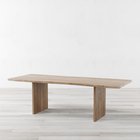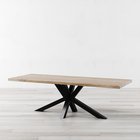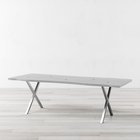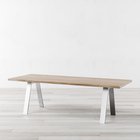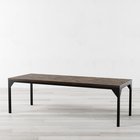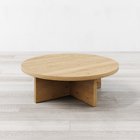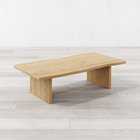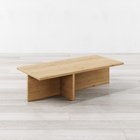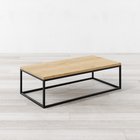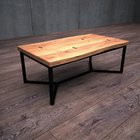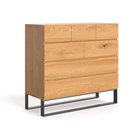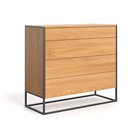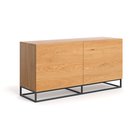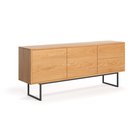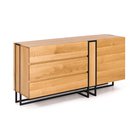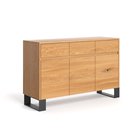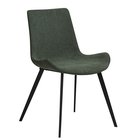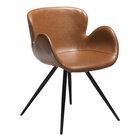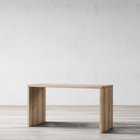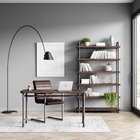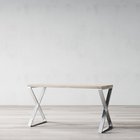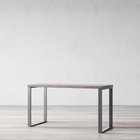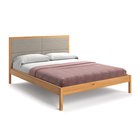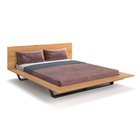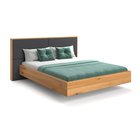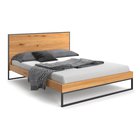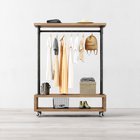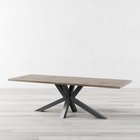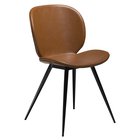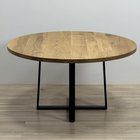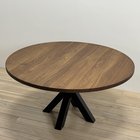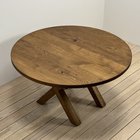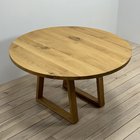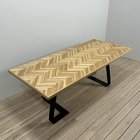The industrial design aesthetic has exploded in popularity for home interiors over the past decade. With its unique blend of rugged materials, vintage touches, and modern sensibilities, the urban look offers an endlessly appealing style. But why exactly does this trend resonate so strongly today? There are many factors driving its success.
Key Elements of Industrial Design
The industrial interior design is defined by a set of unique characteristics that set them apart. Exposed structural elements are a key feature, including exposed brick, concrete, pipes, ductwork, and wood beams. Large windows, high ceilings, and open floor plans help create a feeling of spaciousness and airiness reminiscent of lofts and factories. Raw, utilitarian materials like metal, wood, and stone take center stage, celebrated for their unfinished, organic textures. Vintage touches like retro lighting and reclaimed wood mix with sleek, modern elements for an eclectic look.
Overall, the industrial aesthetic is marked by a blend of rugged yet refined, old yet new, natural yet modern - a masterful combination that creates an edgy, luxurious style loaded with character.
Uniqueness and Authenticity
The industrial design stands out for its uniqueness. It deviates from the predictable patterns of modern interior design, offering a raw, stripped-back aesthetic that champions simplicity. This approach is a refreshing departure from the often-seen safe and sometimes mundane designs. The industrial style is characterized by its embrace of exposed structures, such as brick walls, beams, and ductwork, which add an authentic and raw charm to any space.
Sustainability and Durability
As environmental awareness grows, so does the desire for sustainable and eco-friendly design choices. Industrial style aligns well with this ethos, often utilizing sustainably sourced materials and emphasizing recycling and upcycling. This commitment to sustainability adds another layer of appeal to the style, making it a responsible and forward-thinking choice.
Investing in urban design is often seen as a long-term decision. The robust materials used in furniture ensure longevity, both in terms of style and physical durability. The timeless appeal of the industrial aesthetic means that it is unlikely to go out of style, making it a wise choice for those looking to create a lasting look in their spaces.
A Sense of Specialty
Choosing industrial design often means opting for something beyond the ordinary. The style is not just about aesthetics; it's about creating a space that feels special. Industrial furniture, in particular, is known for its high-quality materials and meticulous attention to detail. Each piece is crafted to be not just functional but also a work of art in its own right, contributing to the overall special feel of the space.
Making a Strong First Impression
In the world of business, and even in personal spaces, first impressions matter. An industrial home, with its blend of luxury and ruggedness, can set the tone for a space that is both impressive and welcoming. High-quality furniture pieces, like artisan tables and bespoke fixtures, can be pivotal in creating an environment that leaves a lasting impression.
Aesthetically Pleasing
The primary allure of industrial interior design is its aesthetic appeal. The style manages to be both trendy and timeless, offering a look that is pleasing to the eye and comfortable to live in. The combination of different textures and materials, like wood and metal, creates a visually interesting space that is both modern and nostalgic.
The Ideal Home & Work Spaces
The industrial design aesthetic shows no signs of going out of style. Its popularity continues to rise across hospitality, residential, and commercial spaces for good reason.
The look also makes smart use of space with its clean lines and open layouts. This inherent functionality makes industrial style highly appealing for restaurant design in particular. The unfussy decor provides flexibility to incorporate diverse seating options to accommodate different group sizes and dining needs.
Beyond practical considerations, industrial spaces create an inviting, contemporary atmosphere that feels fresh and energetic. The stripped-back, minimalist interiors provide a refreshing change from overly ornate and cluttered decor. Customers are drawn to these airy, unpretentious environments.
While urban design has some defining characteristics, like exposed pipes and unfinished surfaces, it still provides ample room for creativity. Businesses can mold these structural elements to craft a unique industrial look that reflects their brand. This allows for a customized space that becomes a distinctive asset.
Final Thoughts
The industrial style in home interior design is more than just a trend; it's a reflection of a desire for authenticity, quality, sustainability, and aesthetic appeal. This style features a mix of old and new, smooth and rough, masculine and feminine, resulting in spaces with lots of texture, character and an authentic sense of place.
Its popularity is a testament to its ability to meet these desires while providing a unique and special atmosphere in both homes and businesses. As this style continues to evolve, it remains a compelling choice for those looking to make a statement with their interior spaces

